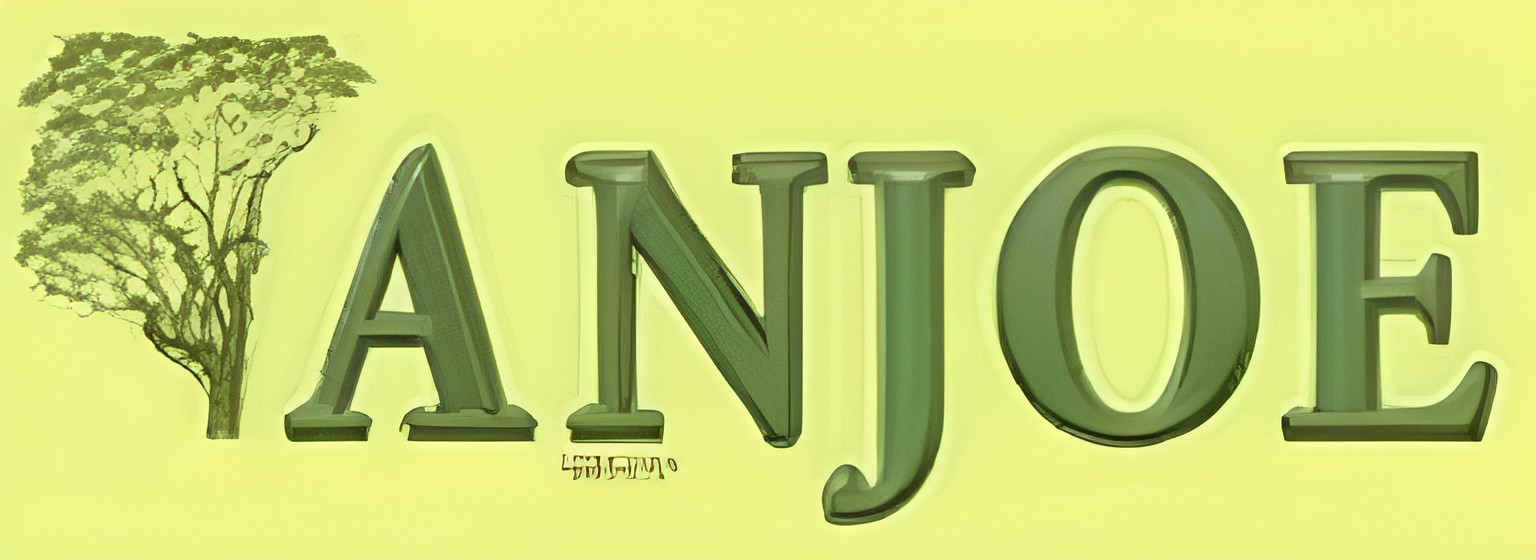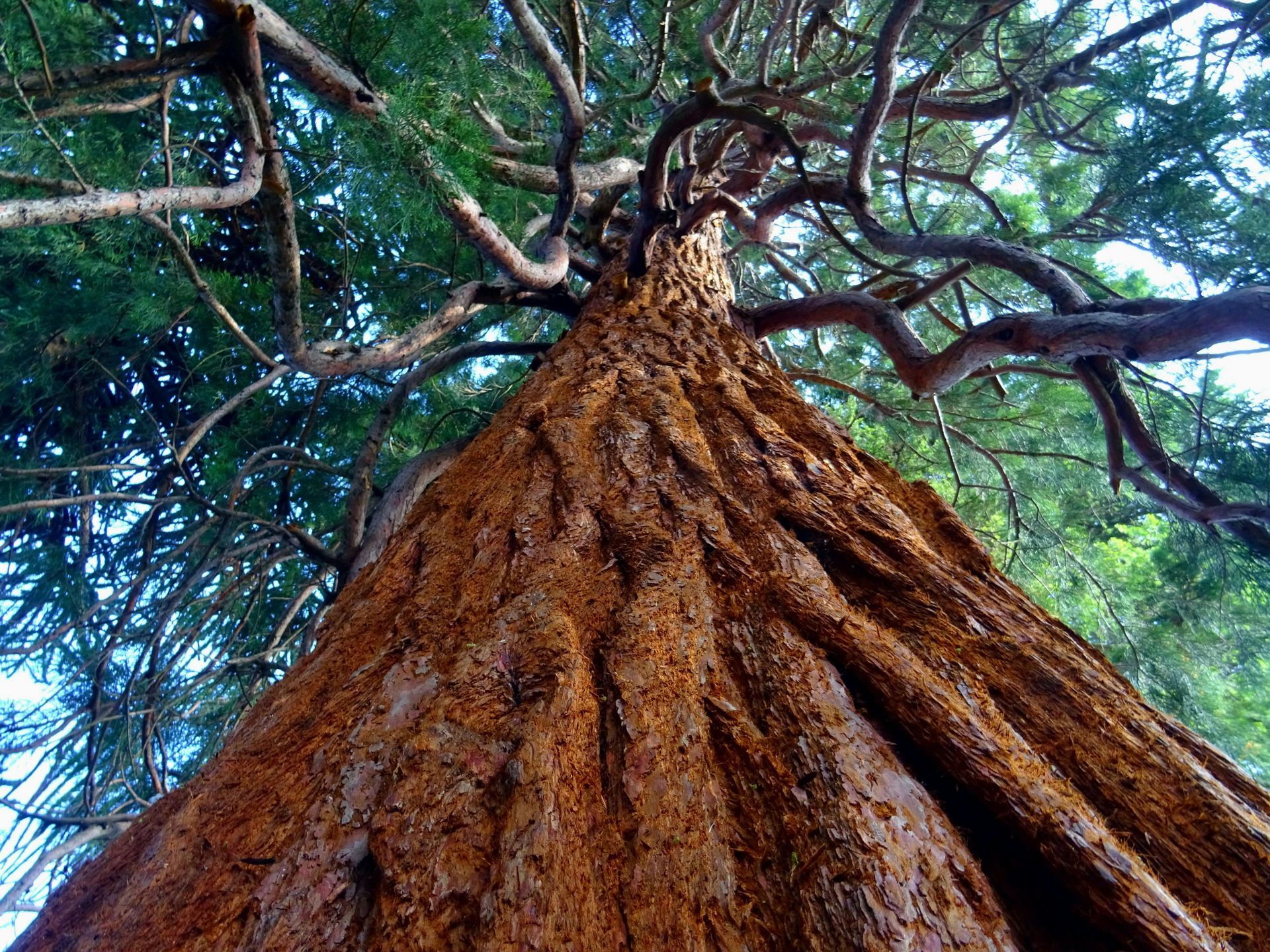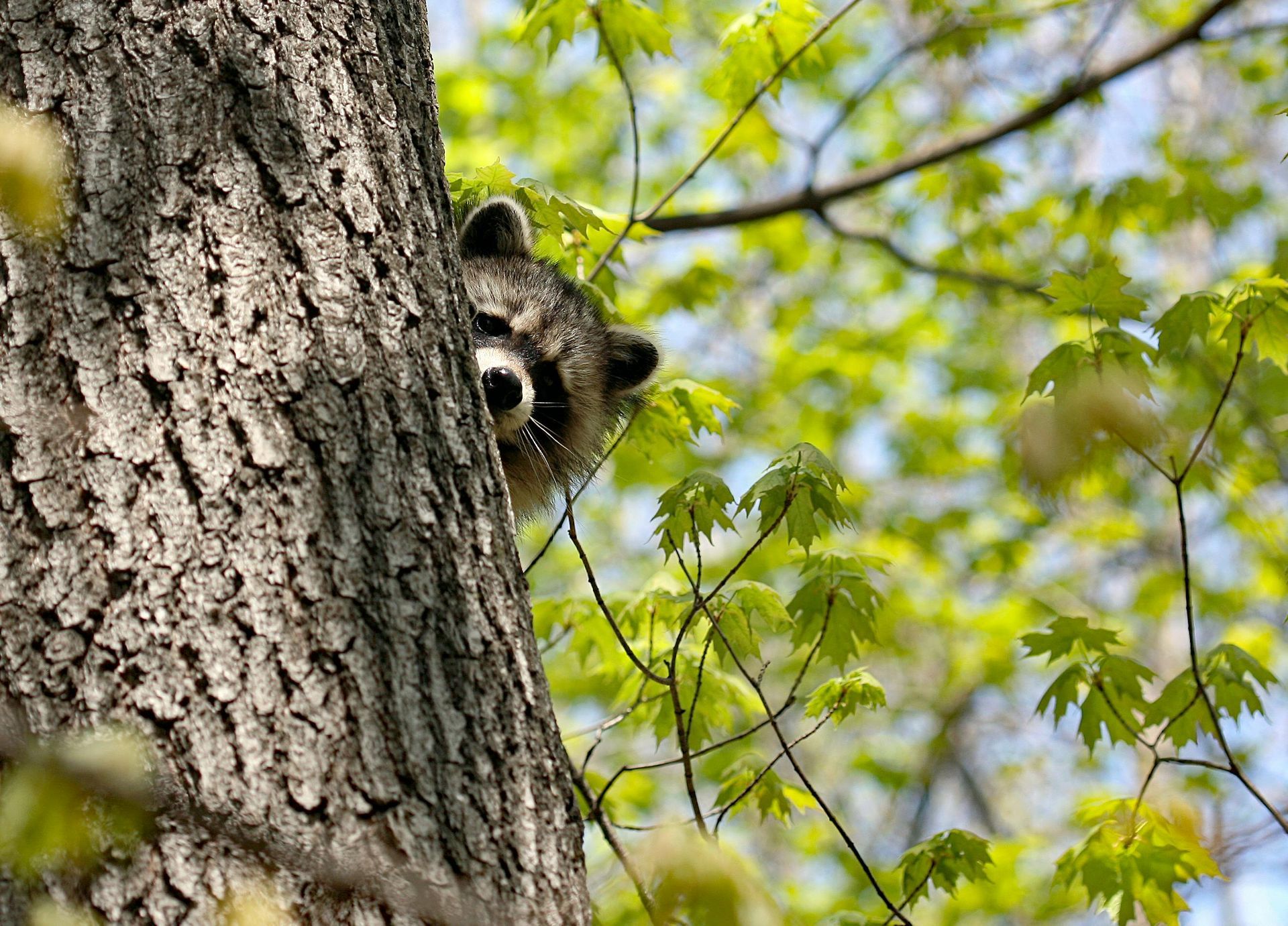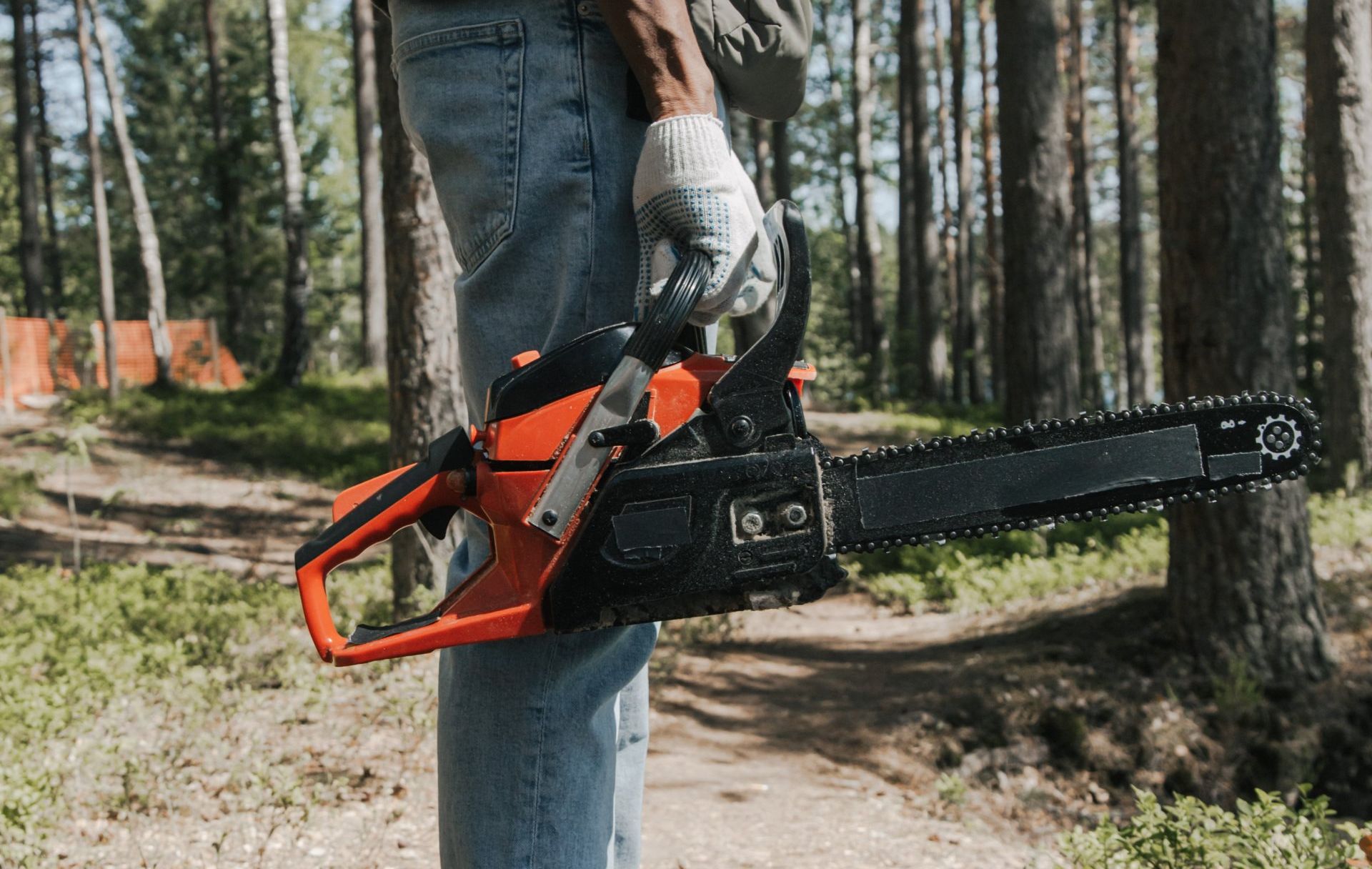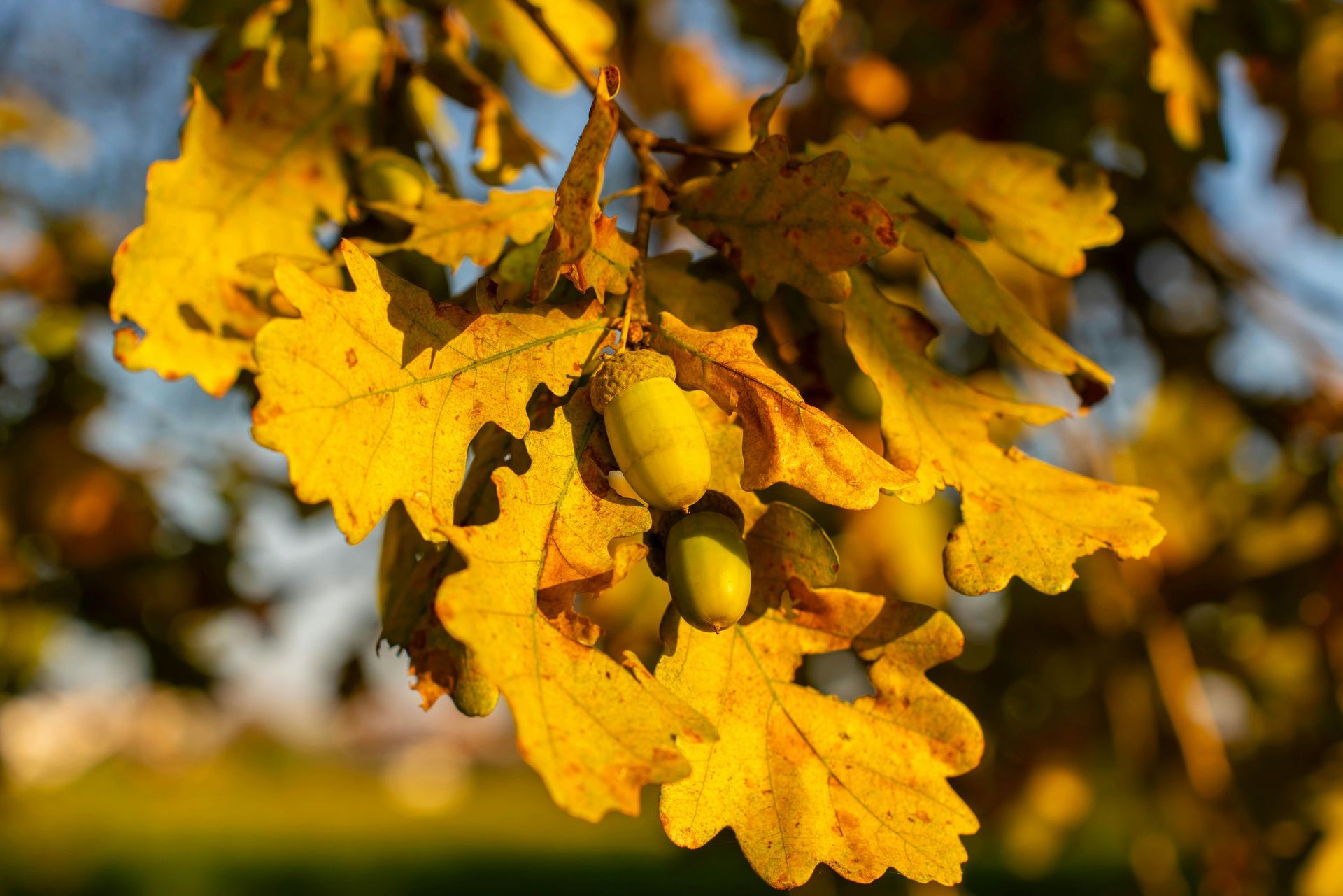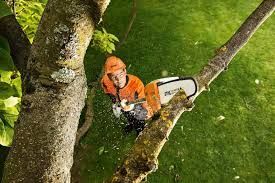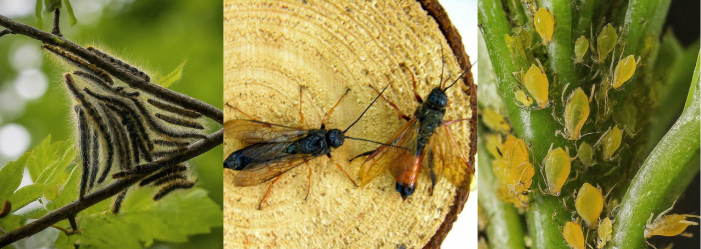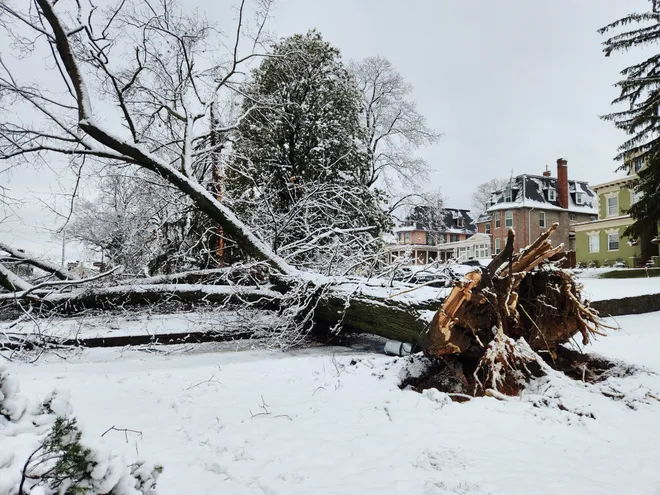Tree Pruning Dos & Don'ts
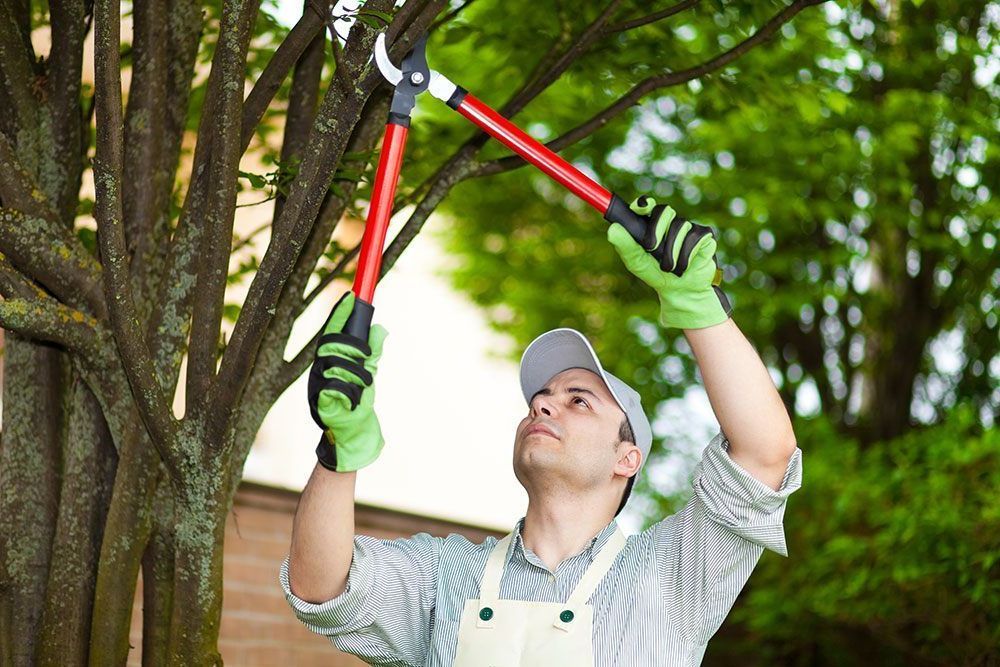
When to Prune
Proper pruning technique is important for a healthy tree. Please review our animated Tree Pruning Guide as well as videos on why pruning is necessary, the rules of pruning, and the ABCs of pruning.
This depends to a large extent on why you prune. Light pruning and the removal of dead wood can be done anytime. Otherwise, below are some guidelines for the different seasons.
WINTER PRUNING
Pruning during dormancy is the most common practice. It results in a vigorous burst of new growth in the spring and should be used if that is the desired effect. It is usually best to wait until the coldest part of winter has passed.
SUMMER PRUNING
To direct the growth by slowing the branches you don’t want, or to “dwarf” the development of a tree or branch, pruning should be done soon after seasonal growth is complete. Another reason to prune in the summer is for corrective purposes. Defective limbs can be seen more easily.
PRUNING FLOWERING TREES TO ENHANCE FLOWERING
For trees that bloom in spring, prune when their flowers fade. Trees and shrubs that flower in mid- to late summer should be pruned in winter or early spring.
WHEN NOT TO PRUNE: FALL
Because decay fungi spread their spores profusely in the fall and wounds seem to heal more slowly on fall on cuts, this is a good time to leave your pruning tools in storage.

